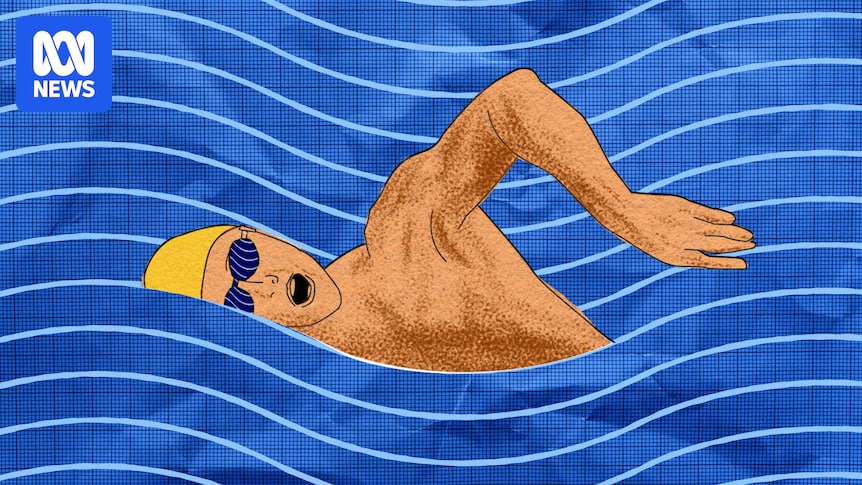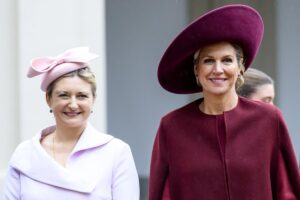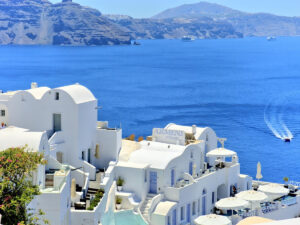
It takes just one breath. As Cameron McEvoy launches himself from the blocks, he exhales, then inhales sharply while airborne. For the next 21 seconds, he remains breathless, slicing through the water in a symphony of motion, completing a 50-meter freestyle lap. Years of stretching every tendon, testing every joint, and training at peak intensity culminate in these fleeting moments.
From the stands or in front of the TV, spectators witness a flurry of limbs and frothy water. But for McEvoy, every movement is a calculated step towards perfection. “I’m basically in the hunt for perfection,” he confides. The question remains: how close can he get?
Blurring the Lines Between Sport, Science, and Art
McEvoy is arguably the world’s best 50m freestyler. He clinched gold at the 2023 World Championships in Fukuoka and followed with Olympic victory last year. At the Australian Swimming Trials in June, he emerged from the pool with a time of 21.3 seconds, describing it as a “pretty nice swim.” Yet, McEvoy seeks more.
“I’ve got that [Olympic] gold medal, and I’ve got the world championship gold medal. I guess you could say the chip is off the shoulder, or the leash is off, and I feel like I have free rein now to go after a time,” he tells ABC Sport. His quest is to merge sport, science, and art into a seamless discipline.
Known as “The Professor” due to his undergraduate studies in mathematics and physics, McEvoy applies scientific rigor to his training, critically analyzing methods from other sports to enhance his performance.
Revolutionizing Training Techniques
McEvoy’s approach involves deconstructing traditional swimming training. Instead of clocking long hours in the pool, he emphasizes gym work, swimming only two or three kilometers weekly but always at maximum intensity. His strategy is to dissect the 50m race into components, optimizing each segment.
His personal best of 21.06 seconds, achieved two years ago, exemplifies this method. “The way I break it down is you have your first 15-meter segment, and then you have your swimming part afterwards, which also can be broken down into its various components,” he explains.
In Fukuoka, his first 15m took 5.22 seconds, slower than competitors. He views improving this start as “low-hanging fruit,” potentially propelling him into world-record territory. “The 50m race is a race where you start from a dead start on the block, but the jump is your highest velocity that you reach in the entire race,” he notes.
From Strength to Streamline
Following the Olympics, McEvoy dedicated months to enhancing his strength, focusing on his dive. “It boiled down to two things: The first one was take-off velocity off the block — that’s a function of your vertical jump — and so I had to develop my vertical jump as best I can,” he says. His vertical jump improved from 56 to 62 centimeters, placing him among the fastest divers in history.
His improved mobility, measured by joint angles, complements his strength gains. The next challenge is refining the remaining 35 meters of swimming after the dive’s momentum fades. “If you can train the same speed of decay throughout the race, as the Fukuoka swim, then technically every 5m segment potentially could be a tad faster as well by 0.02, 0.03 [seconds],” he explains.
Physics and Flow
McEvoy’s scientific background informs his approach to swimming. He likens the synchronization of strokes and kicks to two waves aligning perfectly. “When they perfectly align with each other, they kind of add to each other,” he says. “If they’re slightly off, or out of phase, then they can detract from each other.” When executed correctly, the experience is “unreal,” a sensation that fuels his passion for the sport.
The Pursuit of Perfection
McEvoy’s training philosophy is rooted in the concept of achieving consistent excellence. “Leaning into the scientific side of things, if I lay out all of my reps along a bell curve, then I want my 50th percentile to be good enough to win,” he explains. His goal is to ensure his average performance is sufficient for victory, reducing reliance on rare, superhuman efforts.
At 31, with aspirations for the 2028 Olympics in Los Angeles, McEvoy balances his athletic pursuits with personal life. Recently married and a new father, he juggles family commitments with his swimming career. His physics thesis is on hold, but his passion for swimming, science, and art remains undiminished.
“I’m very passionate about what I’m doing, not only for personal reasons and achieving what I want to achieve in the water racing the way I’m racing. But also with how the ideas I’m bringing to the table has already and will continue to change the sport forever in terms of how we view sprinting,” he says.
For McEvoy, swimming is a blend of art and science, with endless opportunities for discovery and improvement.







